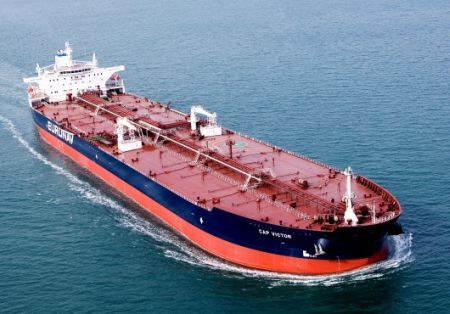
The “mini” surge in the newbuilding market, caused by more regular spikes in the spot market, has seen 24 vessels placed for the year to date.
With the recent additions, the orderbook has been lifted to 43 vessels or 9% of the existing fleet consisting of 474 vessels.
“Whilst it has been a tough few years trading these ships on the spot and timecharter markets, 2014 has marked an improvement in the fortunes of the shipowners. This gave owners confidence to harden their timecharter rate ideas and led to less enthusiasm to commit to this type of employment.
In our matrix we currently show a 12 month rate for a modern non eco vessel at USD 22,000/day which this time last year was at USD 15,000/day. There has definitely been growing demand from charterers for timecharter tonnage and we see more enquiry for Suezmaxes compared to VLCCs,” Gibson said.
According to Gibson, there has been a dramatic change in the trading patterns of Suezmax tankers out of West Africa owing to declining demand for West African crudes in the US in the recent few years.
“In the third quarter of 2013 we saw 47 spot fixtures reported in comparison to 21 this year. By the same token on the West Africa/Europe (TD20) route we had 80 fixtures in the third quarter of 2013 in comparison to 122 this year. An increase of 42 fixtures. The Suezmax has also benefited from the increase in liftings from the Middle East Gulf (mainly Basrah), with the third quarter of 2013 showing 103 in total; 42 East and 61 West.
In the third quarter of 2014 the total has been 125, of which 58 East and 67 West – an increase of 16 and 6 respectively. The number of longhaul fixtures from West Africa to the East declined marginally although the number of West Africa/East fixtures completed on VLCCs climbed by over 36 liftings in Q3 2014 vs. the same period a year earlier,” the shipbroker said.
We use cookies to improve your experience. By continuing to use our site, you accept our Cookies, Privacy Policy,Terms and Conditions. Close X